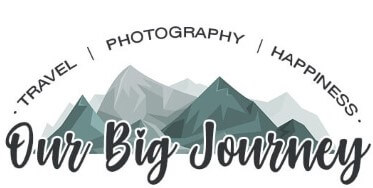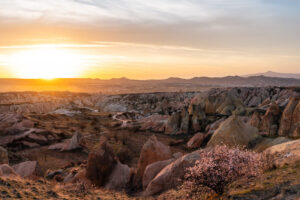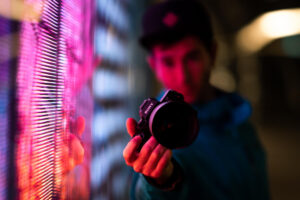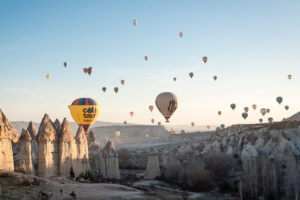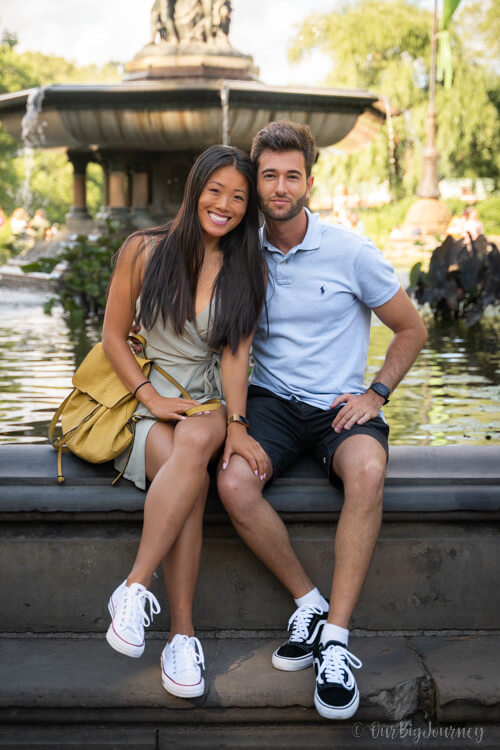Learn Photography | Tips and Recommendations
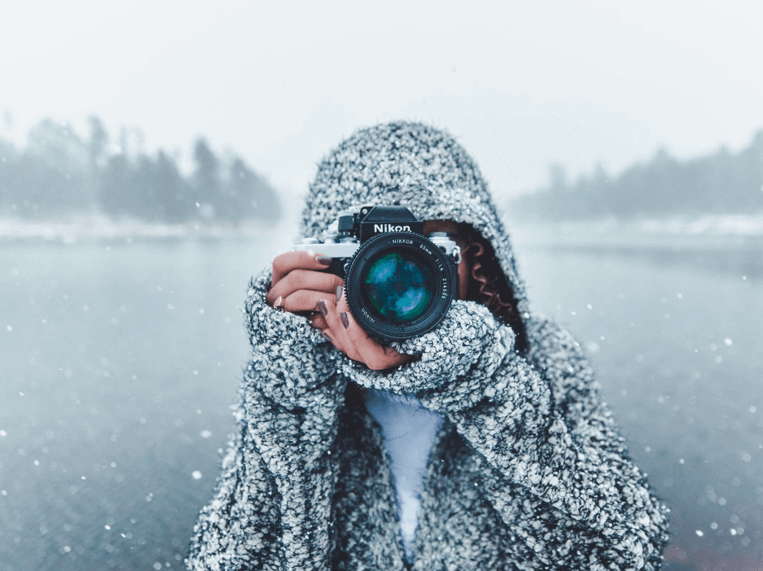
By Roberto – (Updated Dec 2022)
⏱6 min
Everybody loves having good photos, and almost everyone likes taking pictures too – that’s why cameras in smartphones are one of the most valuables features. However, when it comes to really learn photography or carrying a camera instead of a smartphone, aaah amigo… things change.
In this post, I will give my humble recommendations about how to start photography – in the way I would have liked to learn. If you have some interest in night photography, capturing sunsets, improving your portrait skills or just learning what the M mode in a camera means, this post may be helpful.
Table of Contents
1. Learn the basics of photography
(time < 1 week)
YouTube is the perfect teacher for this. You don’t need to pay a course if you know what to look for. There is a multitude of videos and websites that explain how to start photography and Photography for Beginners, step by step.
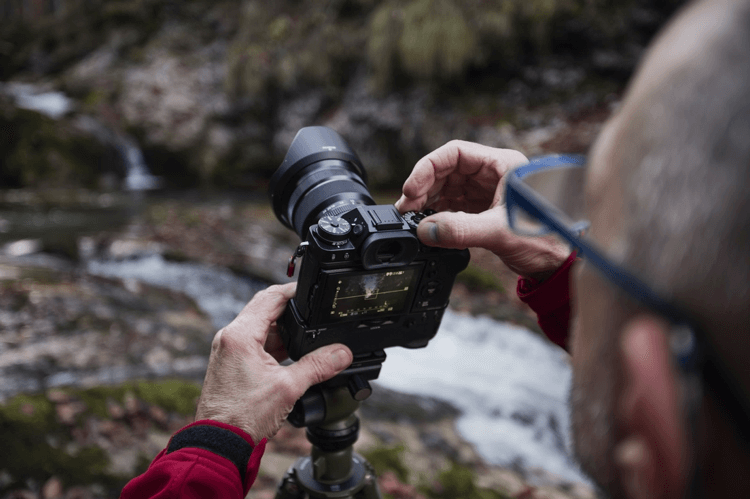
The topics and concepts you should aim to start with are:
- What is Photography
- How a camera works
- Light theory + Exposure triangle
- Aperture (and Depth of field + Bokeh concepts)
- Shutter speed (and Long exposition concept)
- ISO (and noise concept)
- White balance
- Composition rules
- RAW vs JPEG
Where can you find the information? Easy, just search the different concepts in YouTube or Google! If you want a starting point, these websites have really good content to get the basics:
- Photography Life (really complete)
- Art of Visuals (good introduction with some videos)
- And one website that helped me years ago (in Spanish): El Blog del Fotógrafo
2. Learn the types of cameras and lenses
(time < 1 week)
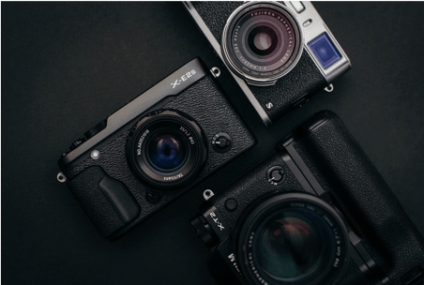
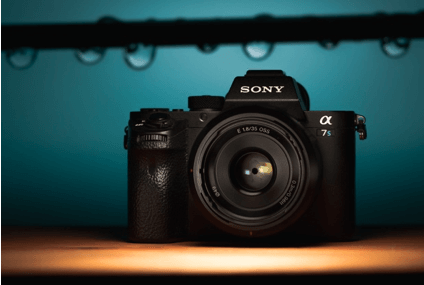
Many of us started this world by buying one camera after reviewing some blogs… Wrong! I still remember when I bought a Sony 5100 with a 16 mm f2.8, because I thought it was an incredible option for landscape…
If you are reading this post it’s because you are considering to go deeper into this world. I’ve seen people with a $2000 camera and they don’t know how to control the settings, or others with a huge DSRL and a kit lens, expecting to get outstanding portraits…
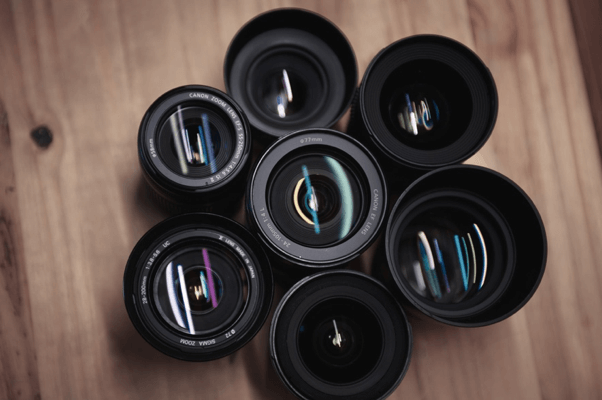
My suggestion to have a better understanding about what camera you should buy or what the heck you have in your hands, would be to learn about:
- Camera types (DSRL + mirrorless + point and shoot + bridge)
- Sensor types (APS-C + Full-Frame + micro 4/3)
- Lens types (wide lens + portrait + tele + macro + prime + zoom)
After this point you may think you can buy with clear criteria. But wait one step more!
3 – Learn about the photography styles and think about your necessities
(time < 1 week)
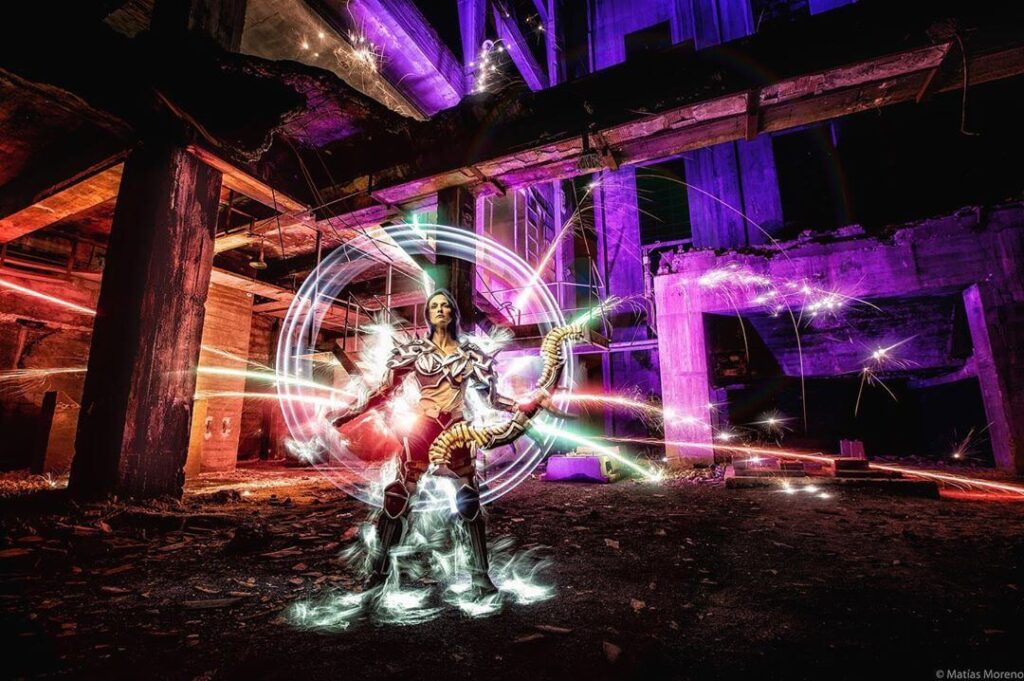
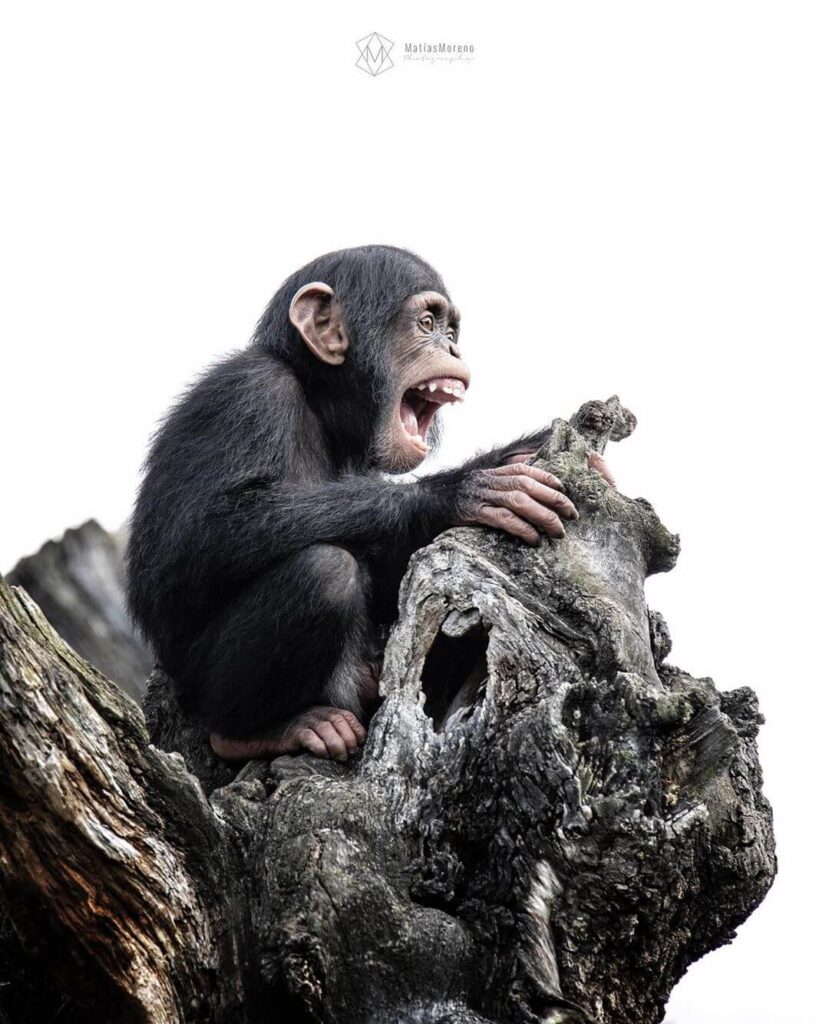
This step is more important than it seems. In terms of equipment (cost, size, weight, lenses, etc) there is a world of differences between, for instance, astrophotography or sports photography.
In my view, one of the crucial aspects before buying something and learning more, should be: what do I aspire to do with the camera? If you are going to take travel photos, you won’t like to carry a 1Kg camera, and if you are going to shoot mainly portraits, perhaps an APS-C camera with a sober prime lens, will be your best quality/cost option.
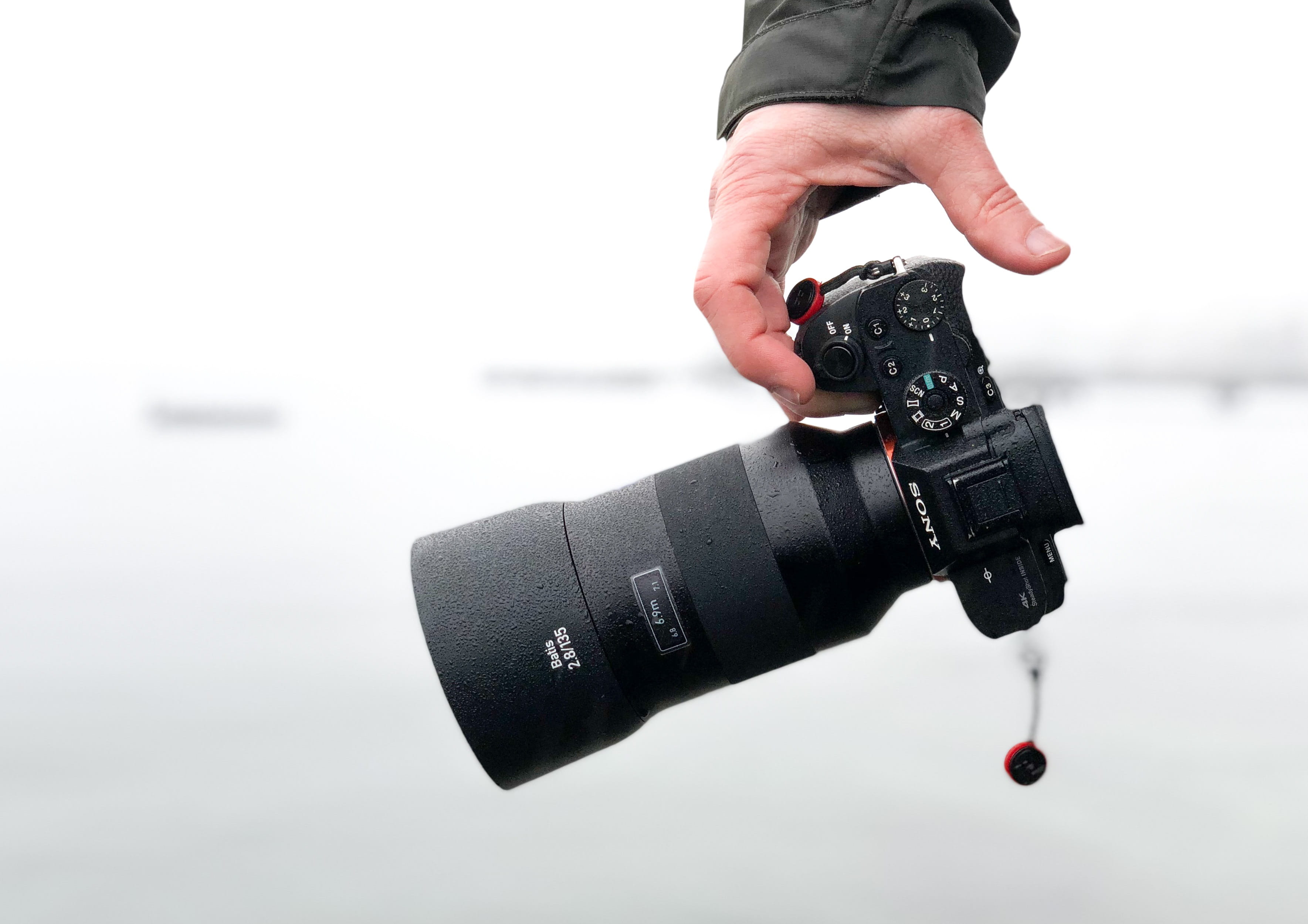
Therefore, in this step, I suggest you to get info about the photo styles and match the style with the gear they require:
- Portrait
- Product
- Astro / night
- Landscape
- Street /urban
- Travel
- Wedding
- Sports and Wildlife
- Architectural
- Photojournalism
- Macro
- Aerial
- Wedding
- … and there are more!
This website offers a good overview of some of these styles.
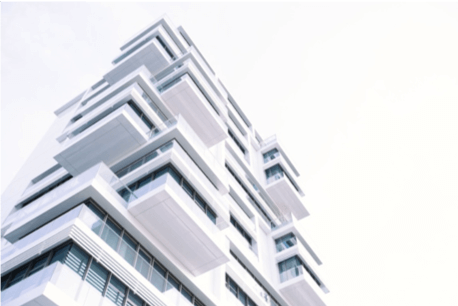
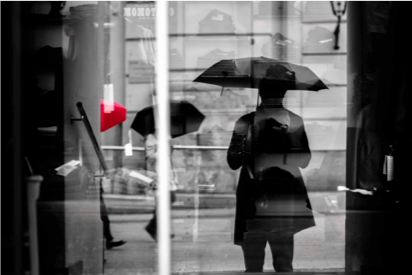
4 – Time to buy (or to understand what you have!)
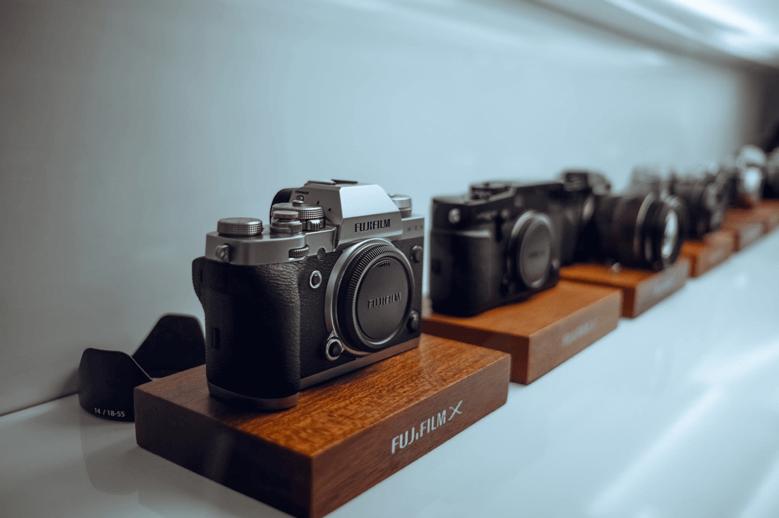
Now, and only now, after 2-3 weeks, you should really consider your needs and be ready to buy the best camera for YOU and your needs. I’m not saying you cannot go to a specialized store and ask for a good camera after explaining your needs but… it’s not going to be the same.
If you are like me and don’t have $12,000 to freely spend in gear, consider what you are going to use the most, and then, only then, buy it.
5 – Learning + Practicing
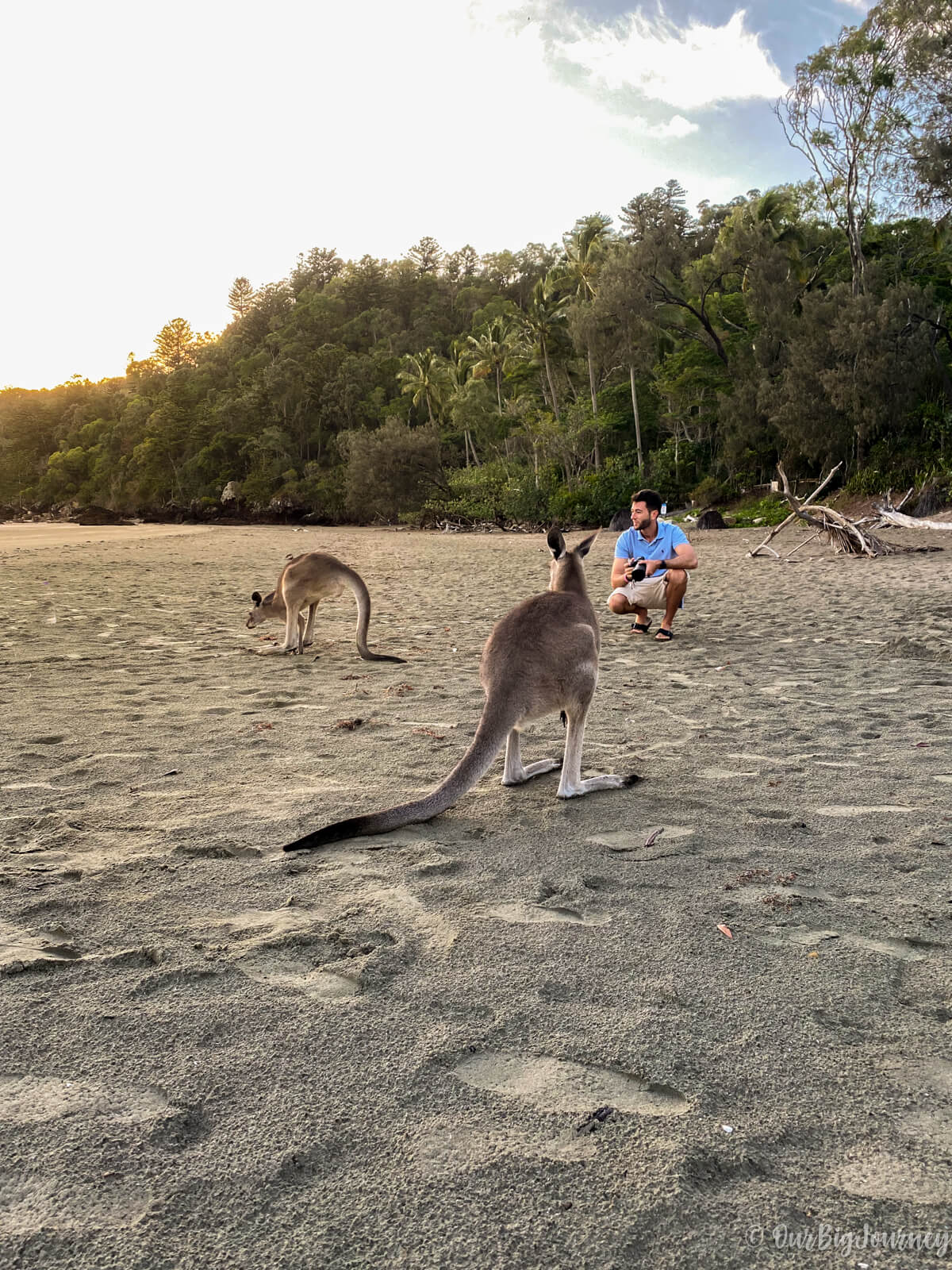
There are no pathways to master the skills and styles but to practice and shoot, and fail and shoot, and learn and shoot – “Your First 10,000 photographs are your worst.” Henri Cartier-Bresson. At this point, you will learn more about lightning techniques, ND filters, HDR, complement gear, etc.
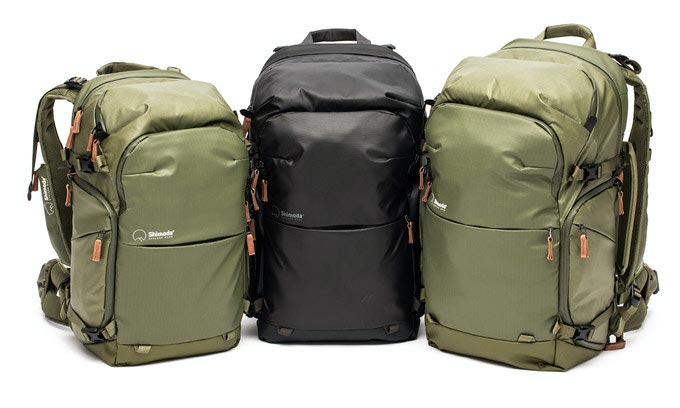
The photography world is extensive, and it’s always evolving. It is an amazing hobby that will follow you for the rest of your life, wherever you go, immortalising moments, and helping you to discover places and people.
The last piece of advice I could give you when learning how to start photography, is to learn about one more thing…
6 – Process and Edition
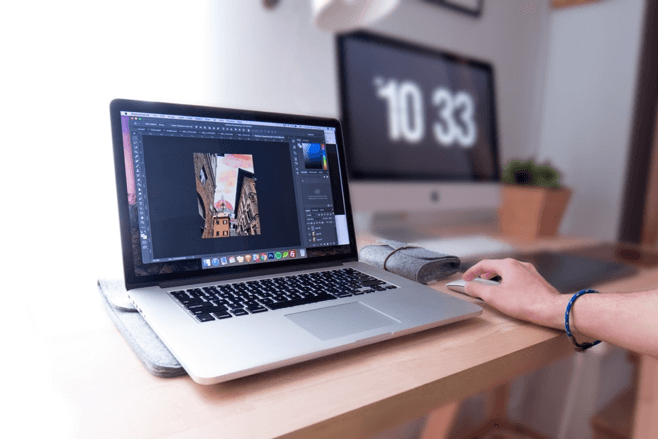
Some Old Style people don’t like this, but it is the reality. Without good editing skills, you won’t get a wow factor or be able to save some photos (in many cases). The photography skills are necessary, because without a photo, there is nothing to edit. Simple as that. Image editors such as Lightroom or Capture One will give you a lot of potential to enhance colors, contrast, or delete small not desired details in your photos.
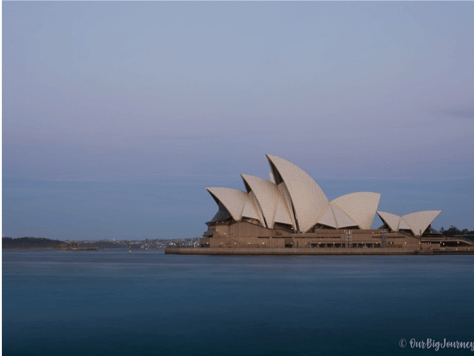
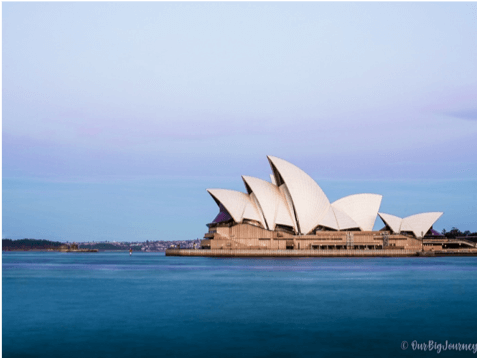
There are hundreds of videos, tutorials or courses about how to start or how to master these tools. From a simple PhotoScape to the king Photoshop. I strongly suggest you to become a pro of one software tool. In my case I paid an affordable $30 for an Adobe Lightroom course because I wanted to learn everything from the ground, but there is enough free content to learn everything.
And lastly, remember that photography is about enjoying, learning, meeting people, discovering places, getting lost, waking up early or going late to sleep. It’s about converting a fraction of life into an immortal picture, using simply two raw materials: light and time. Photography can be a hobby, a way of life, a distraction or a profession. So, why don’t you start it?
